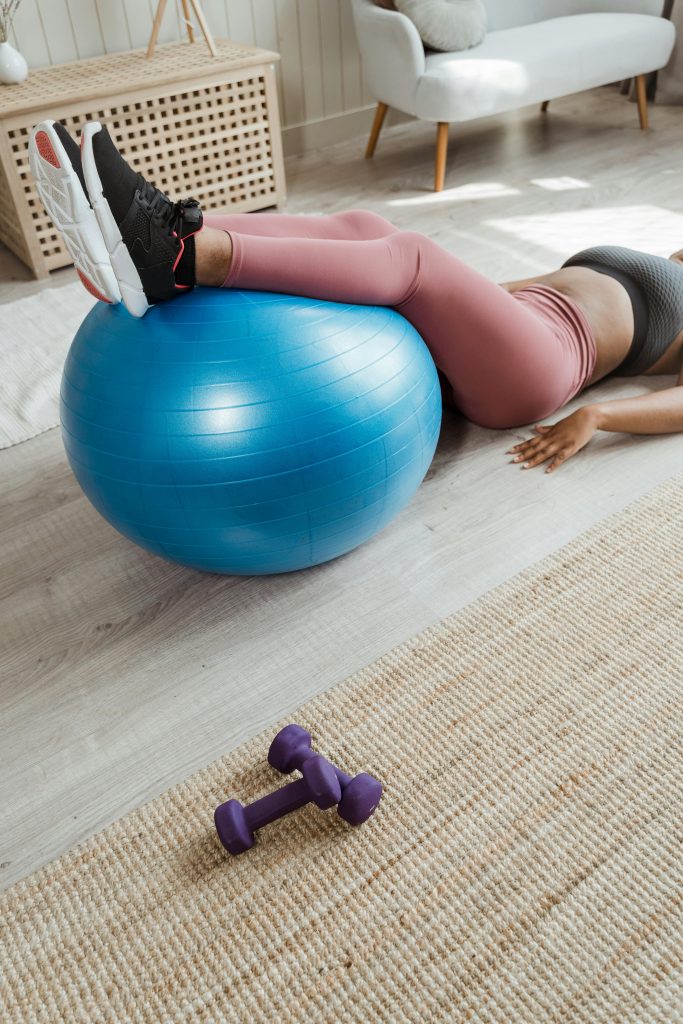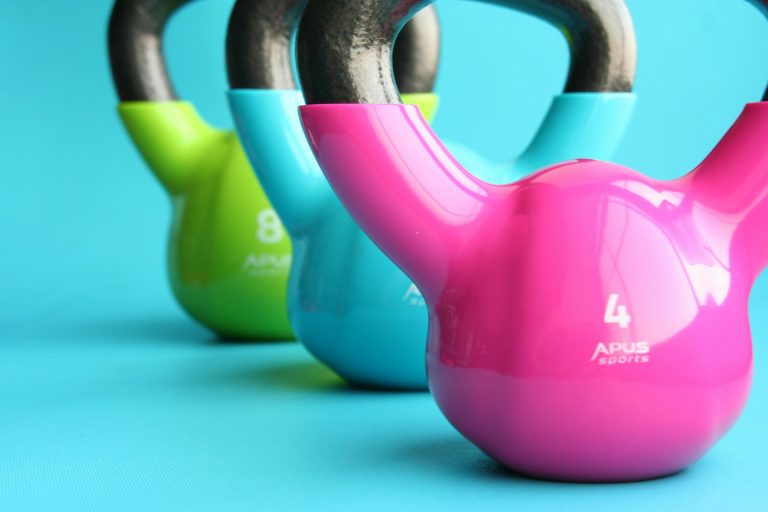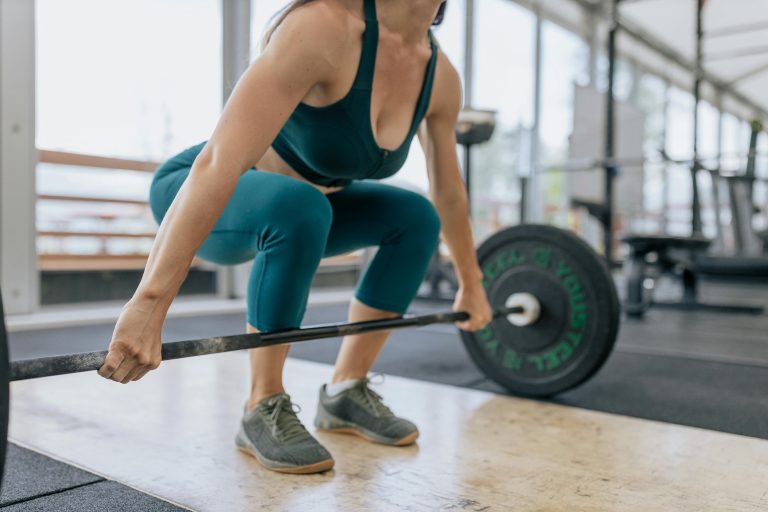
“You don’t grow stronger in the gym—you grow stronger in recovery.”
The truth about rest and recovery after strength training becomes especially relevant for mature women over 45 who are embracing strength training, cardio, yoga or walking routines. It is most important for absolute beginners or for those who are returning to fitness after a long time. While the focus often lies on workouts, the real magic happens in the hours—and days—after. That’s when your body repairs, rebuilds and restores.
In midlife, recovery isn’t optional—it’s essential. With hormonal changes, joint sensitivity and increased muscle fatigue, women over 45 need a smart, intentional recovery strategy to stay strong, energized and injury-free.
Let’s explore the science and practical strategies behind rest and recovery for women in their 40s, 50s, and beyond.

Why Rest and Recovery After Strength Training Are Critical After 45
Rest and recovery is an essential component of exercising and physical activity at any age and at all levels of fitness. As we age, our bodies change in fundamental ways. Hormone fluctuations, slower muscle regeneration, and reduced collagen all affect how we recover from physical activity.
- Aging muscles take longer to repair, requiring more intentional rest periods.
- Joint recovery becomes a priority as cartilage wears and inflammation increases.
- Cortisol, the stress hormone, can spike from overtraining, impacting mood and energy.
- Without enough rest, risk of injury, fatigue and burnout rises significantly.
Recovery after 45 isn’t just about feeling less sore—it’s about maintaining the strength, mobility and confidence to live fully and actively.
The Difference Between Rest and Recovery
Though often used interchangeably, rest and recovery are not the same:
- Rest is passive—like sleeping, napping or taking a full day off exercise.
- Recovery is active—like doing gentle yoga, foam rolling, or taking a relaxing walk.
Both are crucial for midlife wellness. While rest helps your nervous system recharge, recovery keeps your body moving with intention and care.
Choose passive recovery when feeling fatigued, sleep-deprived or sore. Opt for active recovery on lighter days when you still want to move but don’t need intensity.

Types of Recovery for Mature Women
Rest and recovery after strength training can (and should) go beyond simply skipping workouts.
Here are the core forms of recovery every woman over 45 should incorporate:
1. Active Recovery
- Walking as recovery: Low-impact and excellent for circulation.
- Gentle stretching or mobility drills: Keeps joints lubricated and flexible.
- Swimming or cycling: Joint-friendly movement with cardio benefits.
- Restorative yoga: Encourages relaxation and muscle lengthening.
2. Passive Recovery
- Sleep: The cornerstone of all physical repair.
- Napping: A 20-minute nap can refresh the mind and body.
- Warm baths or saunas: Reduce inflammation and aid circulation.
3. Nutritional Recovery
- Protein for muscle repair – sources include chicken, fish, dairy, beans, lentils, nuts, seeds and tofu
- Hydration for cell function – drink water regularly. Aim for at least 2 litres (8 cups) daily.
- Anti-inflammatory foods like turmeric, berries, leafy greens
4. Emotional and Stress Recovery
- Breathwork or meditation: Lowers cortisol and calms the nervous system.
- Journaling for recovery: Helps process stress and track emotional patterns.
- Digital detox: Reduces mental overload and improves sleep hygiene.
Sleep and Hormones: The Foundation of Recovery
Women in midlife often experience disrupted sleep due to changes in oestrogen and progesterone. These hormones impact body temperature, mood and sleep cycles.
Why Mature Women Need Better Sleep:
- 7–9 hours of sleep supports hormone balance and tissue repair.
- Deep sleep is when muscle recovery and bone regeneration occur.
- Poor sleep can increase cortisol, decrease immune function and reduce exercise benefits.
Improve Sleep with:
- A consistent bedtime routine
- Limiting caffeine and screen time before bed
- Natural supplements like magnesium or collagen for sleep support
- Guided meditations for sleep to quiet the mind
Hormonal changes and sleep are deeply connected—optimizing both leads to better recovery and overall health.

How to Build a Weekly Recovery Routine
Want to balance exercise and recovery? It starts with smart planning.
Sample Recovery-Based Weekly Plan:
- Monday: Strength training + cooldown
- Tuesday: Active recovery (walking or yoga)
- Wednesday: Cardio (low or moderate intensity)
- Thursday: Full rest or foam rolling
- Friday: Strength training
- Saturday: Leisure walk + mobility exercises
- Sunday: Full rest or journaling and stretching
Tips for Midlife Planning:
- Track muscle fatigue and joint discomfort
- Use recovery apps or a printed fitness journal
- Adjust for menopause-related energy fluctuations
- Honor your body’s signals—it’s smarter than your fitness tracker
Mistakes to Avoid in Midlife Recovery
Even with the best intentions, many women over 45 make these common recovery mistakes:
- Skipping rest days, thinking more is better
- Pushing through soreness instead of pausing
- Neglecting warm-ups and cooldowns
- Confusing soreness with success
- Ignoring emotional wellness in midlife
Remember: Fitness isn’t just about movement—it’s about sustainability. Prioritize low-impact recovery workouts and create a schedule that aligns with your life and energy.

Tools, Tech, and Support for Recovery
These recovery aids can help optimize your post-workout routine and promote long-term vitality:
- Foam rollers and massage balls: Relieve tension and improve circulation
- Compression socks or wraps: Support blood flow and reduce swelling
- Sleep tracking devices: Monitor patterns and identify disruptions
- Guided meditation apps: Help improve sleep and reduce anxiety
- Recovery-focused supplements: Look for omega-3s, collagen, magnesium and protein powders
Don’t hesitate to connect with a physical therapist, midlife fitness coach or wellness specialist who understands the unique needs of women in this life stage.
Conclusion
Rest and recovery after strength training aren’t optional—they’re foundational.
For women 45 and older, these practices support everything from hormone regulation to injury prevention, from mental clarity to physical strength. Your workouts are important—but your recovery is what makes them work.
Take a step back. Breathe. Sleep in. Walk gently. Stretch slowly.
Your body is always talking. When you listen, you give it space to heal, strengthen and thrive.






